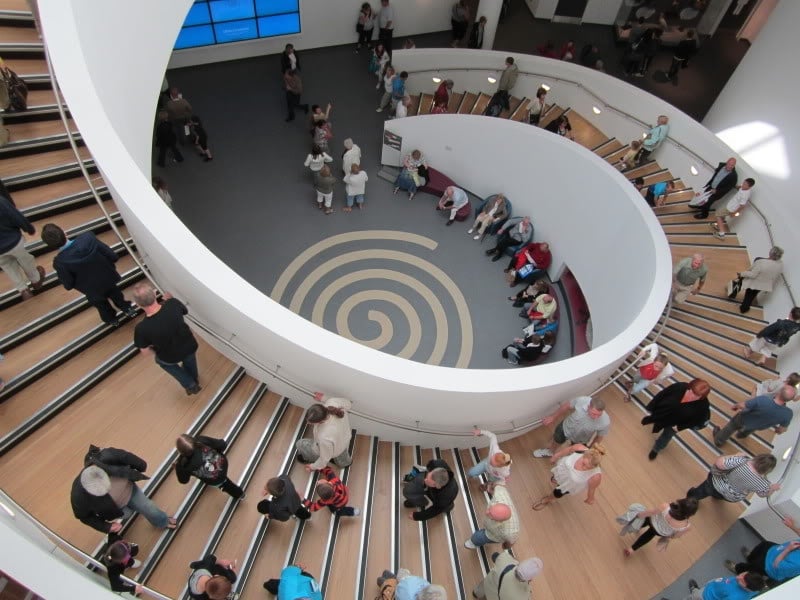
Photo: Reptonix free (CC BY 3.0) via Wikimedia Commons
Challenging a monolithic culture
The arts sector talks a lot about diversity, but what can actually be done to achieve it? Monica Montgomery suggests ten ways to take action.
As a sector, we talk a lot about diversity. Building a diverse workforce is ultimately about building the strength of your organisation. A multi-ethnic culture brings together different ideas and perspectives that increase an organisation’s ability to evolve and relate to a wider audience.
Is it essential that someone has a degree, postgraduate qualification or so many years’ experience?
We have a responsibility to our organisations and our audiences not only to talk about diversity but to take action. We need to acknowledge there is still a problem and that it requires action. As a black female museum director, I often find myself alone in a room of white faces. In 2016, that’s ridiculous.
We need to challenge monolithic culture. If you find yourself in a room where decisions are being made and everyone is white, non-disabled and heterosexual, then it’s important to acknowledge what is absent and challenge it. The only way to change things is to use your power and influence to bring more diverse perspectives to the table.
The long game
To make a real impact we need to think beyond the here and now to who the next generation of arts professionals are going to be. We need to go into schools and colleges and talk to young people about the careers that are available to them. We need to take arts and culture job fairs out into communities to tackle socio-economic barriers and increase awareness of opportunities.
At Museum Hue we help people of colour with various backgrounds break into the field. We offer tours and workshops that introduce multiple aspects of museum work and provide information about the skills needed to be successful museum professionals.
Ten ways to take action
- Invest in equality and diversity training to help your organisation recognise privilege and understand different perspectives.
- Create a taskforce to build agency and equity. It should involve the widest possible range of perspectives within your organisation and could bring together staff, board and audience members of different ages, ethnicity and sexuality.
- Work with other organisations, discuss your experiences and talk about solutions. Be allies and agents for change in the sector.
- Set yourself diversity targets for recruitment and make them happen. Say “We are going to recruit five people of colour” and do it.
- Review applications without names or personal information to avoid unconscious bias. A lot of organisations in the US do this and conduct first stage interviews by telephone to avoid discrimination.
- Bring people from different backgrounds into interview panels. We unconsciously recruit in our own image so having a diverse panel will help focus on the skills, experience and traits that are essential to the role.
- Post jobs in non-traditional ways. If you always post them in the same places then the same people will continue to apply. For entry-level roles, put up posters in colleges and community centres. Be clear that you want people of colour to apply.
- Write job descriptions that break down the hierarchy of education. Is it essential that someone has a degree, postgraduate qualification or so many years’ experience? The way we describe jobs and the experience we insist on dictates who can apply. Focus on essential skills and be flexible on the things that may limit diversity.
- Look after the diverse workforce you already have and create opportunities for them to grow with you. If they need specific skills and qualifications to progress to leadership then work with them to achieve them.
- Set yourself goals that are tangible and actionable and make them happen.
Monica Montgomery is Co-founder and Strategic Director of Museum Hue.
www.museumhue.com
Monica is currently mentoring art organisations through the AMA’s Audience Diversity Academy.
What do you think are the barriers to achieving diversity and what should be done about it? Have you say in the ArtsProfessional Pulse survey: Diversity in the arts – what needs to change?
Join the Discussion
You must be logged in to post a comment.